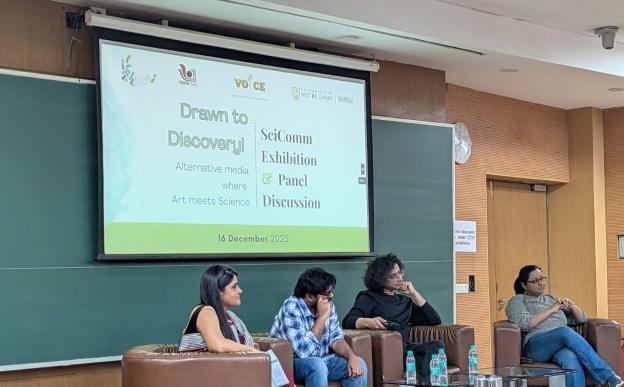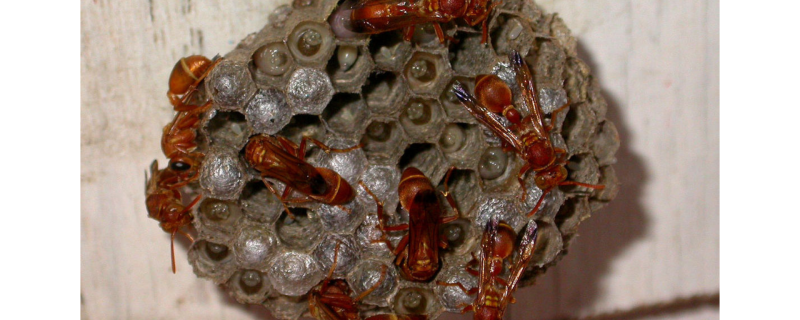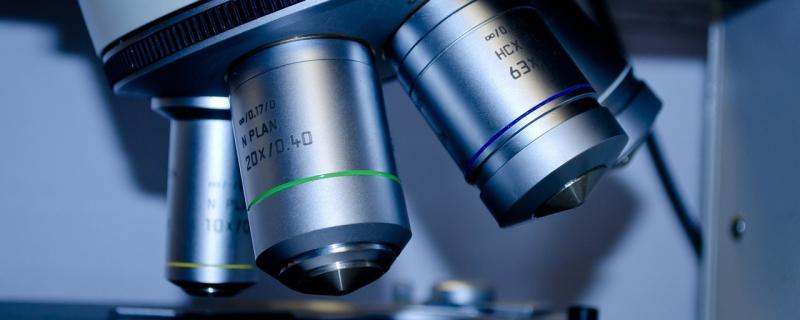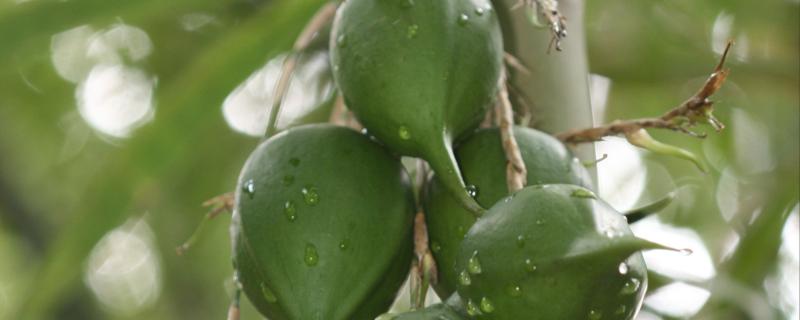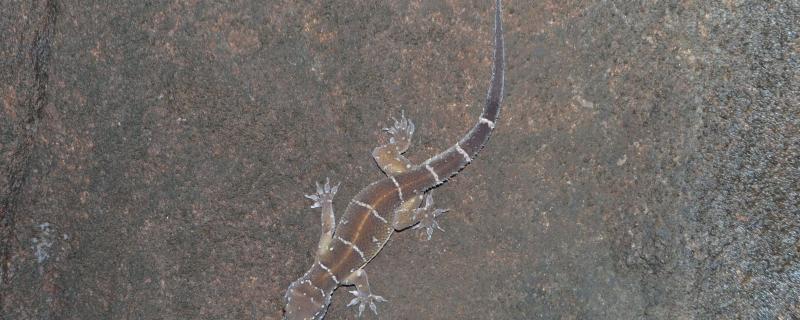“When you're curious, you find lots of interesting things to do”, said Walt Disney. And, one such thing Dr Anindita Bhadra, now an Assistant Professor at the Indian Institute of Science Education and Research Kolkata (IISER Kolkata), did during her later PhD days was to curiously analyse huge amounts of observational data on small colonies of paper wasps (Ropalidia marginata).
The Indian Institute of Science Education and Research (IISER) Pune on Tuesday launched the VOICE Fellowship 2025
Pune/
